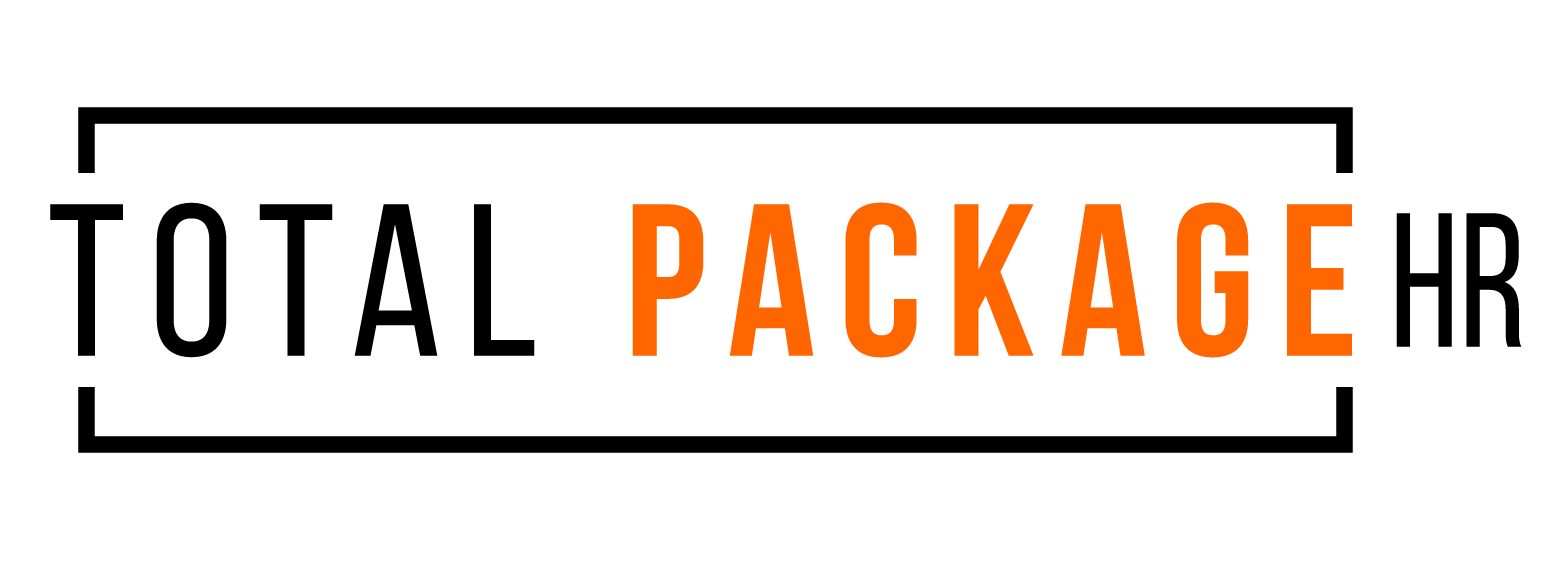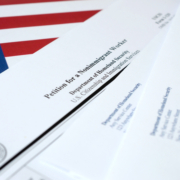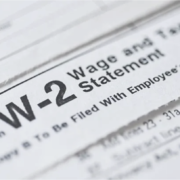‘Tis the season for employment law changes in California! We hope you are enjoying the start of the holiday season, which for us at Total Package HR means we are digging deep into what’s coming next in the new year.
Join us for Get Ready for 2024 (Employment Law Update Edition)! Each week we will highlight a new law coming in 2024. We’ll start with the ones that will require the most action and end with the good-to-knows.
If you need assistance with executing any of these new requirements or are unsure if it is applicable to your business, we are here to help!
California Minimum Wage Updates – January 1, 2024
Starting off strong with another update to minimum wage! State-wide minimum wage is set to increase to $16.00 per hour starting January 1, 2024. All businesses, regardless of headcount, will be subject to this rate. With the change of the state minimum wage comes the increase of minimum salary an exempt employee must be paid (same duties test applies!). The minimum salary will increase to $66,560 annually.
As always, various cities throughout California will have their own minimum wages that are above the state’s.
Here are the ones currently released:

NOTE! Richmond, San Leandro, Santa Clara and Sunnyvale have not released their January 2024 minimum wages as of the date this newsletter is written – the rates shown above for those cities are still the rates effective January 2023. If you have employees in these cities, please be sure to keep an eye on your local municipalities for updates prior to the new year!
As a reminder, many cities in California have minimum wage updates that happen in July rather than January. Keep an eye out for our Mid-Year Minimum Wage Update next year once those rates are released!












